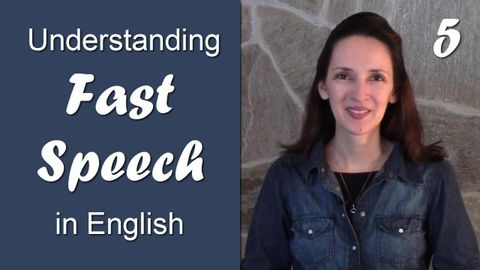
Subtitles & vocabulary
Day 5 - Glottal Stop - Understanding Fast Speech in English
00
杨明远 posted on 2018/01/17Save
Video vocabulary
phrase
US /frez/
・
UK /freɪz/
- Noun
- Common expression or saying
- Section of musical notes in a piece of music
- Verb (Transitive/Intransitive)
- To choose words to say what you mean clearly
A2
More sentence
US /ˈsɛntəns/
・
UK /'sentəns/
- Transitive Verb
- (Of a judge) to decide the punishment of
- Noun
- Official punishment given by a court of law
- Set of words that make a whole statement
A1
More challenge
US /ˈtʃæləndʒ/
・
UK /'tʃælɪndʒ/
- Noun (Countable/Uncountable)
- An activity you wish to try that may be hard to do
- Act of formally inviting someone to compete
- Transitive Verb
- To formally invite someone to compete at something
- To question the correctness of something
A2
More compare
US /kəmˈpɛr/
・
UK /kəm'peə(r)/
- Verb (Transitive/Intransitive)
- To consider how similar and different things are
- To consider to be similar or analogous; liken
A1
More Use Energy
Unlock All Vocabulary
Unlock pronunciation, explanations, and filters
